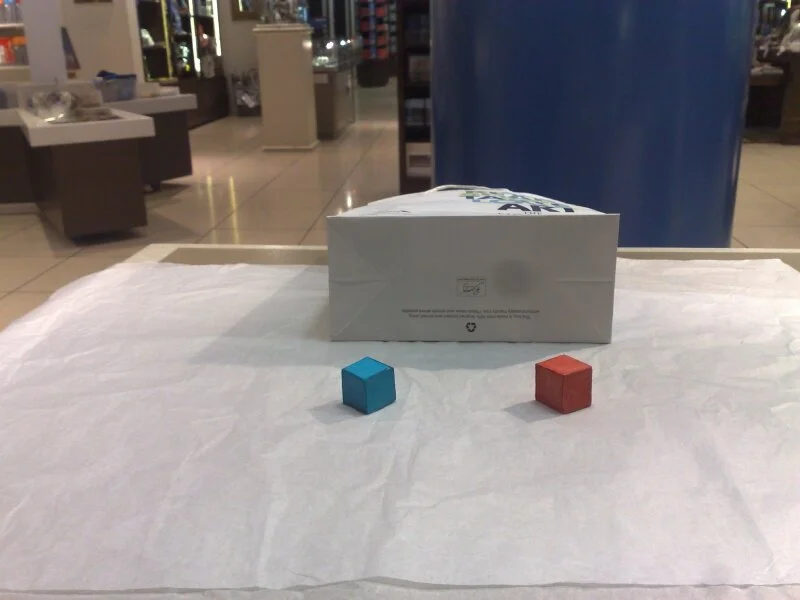Eidetic Imagery and Anaglyph Objects
“Eidetic imagery is the ability to remember an image in so much detail, clarity, and accuracy that it is as though the image were still being perceived. It is not perfect, as it is subject to distortions and additions (like episodic memory), and vocalization interferes with the memory.” Andrew Hudmon (2009). Learning and Memory. Infobase Publishing. p. 52. ISBN 978-1438119571. Retrieved May 10, 2016.
Induce eidetic imagery to greater study and inspect an object, event, episode – by way of 3D stereographs / binaural specialisations in sound…affect the brain and body, improve the retention of memory and experiences?
Experiment at the National Gallery: Anaglyph cube objects in space. Using anaglyph glasses to form an ‘Eidetic Image’ floating closer to the eyes than the original objects…
Source: http://www.visualexperiments.org/CrossEyedFocus.html
Experiment 2: Varying the size of the cubes. One large blue, one small red, positioned apart, and in depth in the space. Testing whether the eye and brain come into conflict when 3D glasses are worn and merge the cubes, forcing a floating ‘3rd’ cube (a combination of the two different sized cubes)…
Spot the cubes? They appear almost identical in size due to the forced perspective…
Cubes from another perspective…
Grabbed this book off the Art History shelf and found the ‘Bach Monument’. Feeds into the ideas on What and where of Eidos, constructing a 3D representation of the soundscape - coming alive in your presence.






